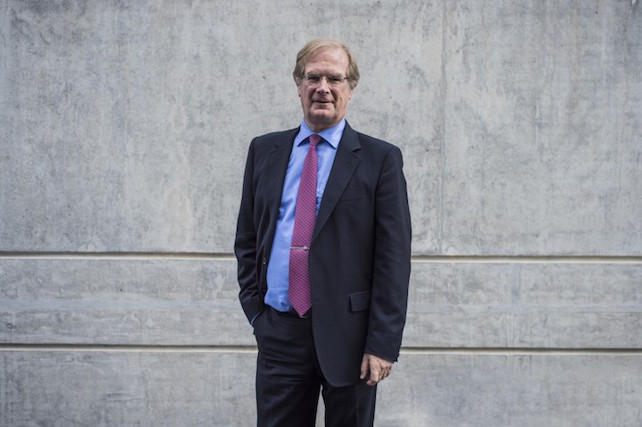The report estimates €458m to have been spent in 2015, a figure that equates to around 1% of the size of the grand duchy’s economy. Around €6m was spent by each bank on average, with a range of €0.7m for smaller operations, up to €14m annually for the largest players.
The equivalent of around 3,300 full time employees carryied out the related tasks: about 13% of the banking workforce. This figure excludes consultants, IT contractors and the rest. On average each institution employs the equivalent of 29 people working full time on regulation, with a range of 4 to 66 people per bank.
“In times of low interest rates and disruption from web-based financial services providers, these extra costs can be hard to bare,” noted Alain Hondequin, general council business clusters for the ABBL. On average, one-third of banks’ investment is related to regulation, a proportion which can rise to half for smaller institutions. He called for legistors to consult early with the industry if considering new regulations.
The fourth Capital Requirements Directive (CRD IV, which implements the international Basel III agreement) was the most expensive regulation. Up to 2015 the report estimated the one-off investment costs totaled €114m, to which can be added €29m annual running costs.
These figures are just for technical implementation costs, not the extra capital that banks need to set aside. The other most costly regulations were FATCA, EMIR, AEOI and AIFMD. However, in the coming years, participants predicted that MiFID II would be the most expensive: about 50% more costly than CRD IV.
“We saw an increased proportion of recurring costs in this survey, and we expect to see this continue over the coming two years,” noted Olivier Maréchal, a partner at EY. On a more optimistic note, as fewer regulations are in the pipeline, the survey predicts overall expenditure will begin to plateau by 2018.
Some regulation is welcomed as helping to boost the image of the banking industry in general and Luxembourg in particular. The most highly appreciated regulation was Luxembourg’s e-archiving measure, which was seen as positive by 69%, with none having a negative view, with the rest neutral. The market abuse regulation/directive had a 57%/6% positive/negative split, AML IV 57%/9%, MiFID II 45%/22% and UCITS V 45%/10%
However, some regulations are resented, with EMIR being seen as positive by only 8% with 54% having a negative view. Half of respondents were had a bad impression of AIFMD, even if 32% think it to be a good thing. FATCA was viewed negatively by 40% with only 4% taking an opposite view.
Maréchal recommended, that if budgets allow, banks should seek to deal with all regulations as part of a single strategic plan, rather than reacting to each new piece of legislation.
